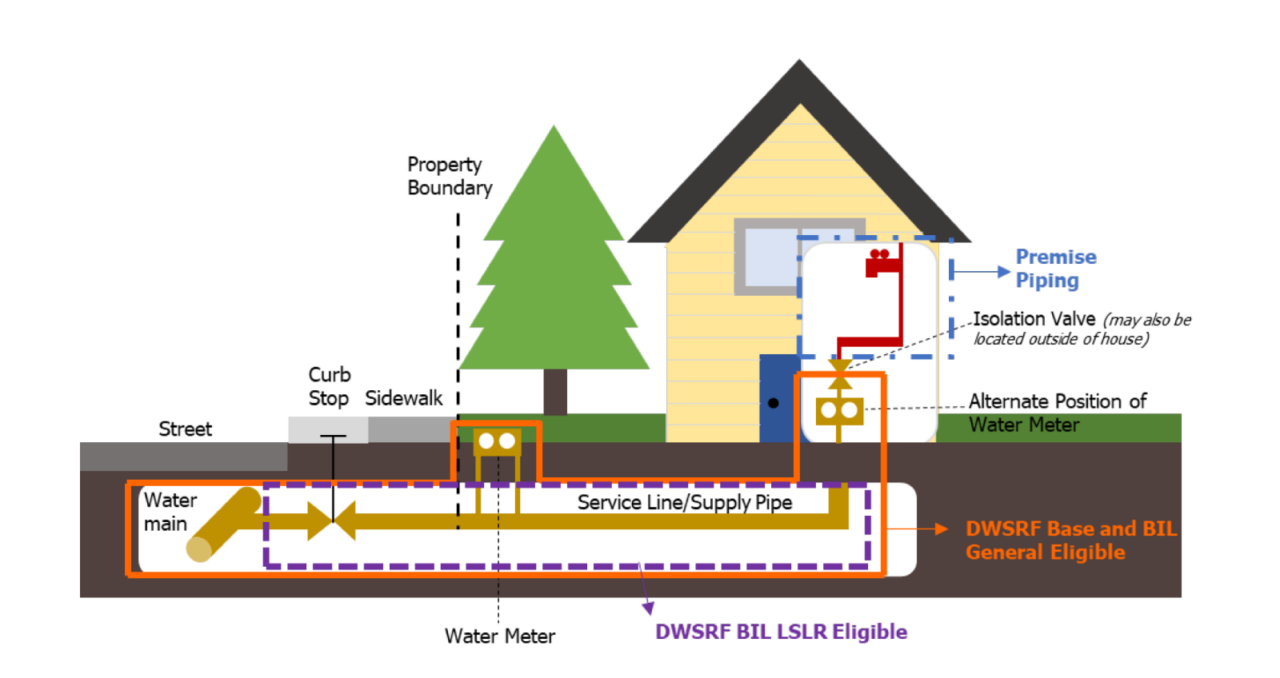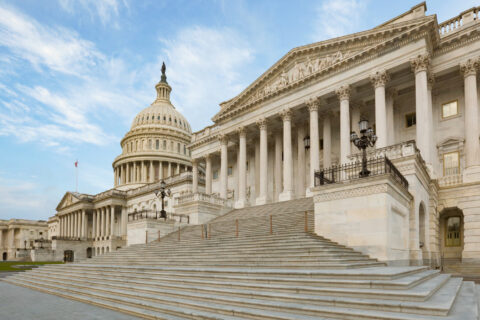In August, the U.S. Environment Protection Agency (EPA) released its Guidance for Developing and Maintaining a Service Line Inventory. This requirement is part of the EPA’s Lead and Copper Rule (LCR), which requires all community water systems and non-transient non-community water systems (such as schools) to provide an initial inventory of lead service lines to states by October 16, 2024. The new guidance contains best practices that local governments can use in developing their inventories; ways to communicate this information to the public; case studies on developing, reviewing, and communicating inventories; and highlights the importance of prioritizing an inventory in disadvantaged communities and where children live and play.
Most importantly, the EPA guidance provides an Inventory Template, which local governments can use to collect and submit information for the October 16, 2024 deadline. Both the guidance and template contain instructions for what information needs to be collected in the inventory.
The guidance document also contains information on how to review historical records, how to keep the inventory updated and how to make it publicly accessible.

EPA hosted a recent webinar, which can be viewed here to provide an overview of the guidance document and inventory template. For additional information, local leaders should visit the Revised LCR webpage. EPA plans to soon release a compliance document and fact sheet for small systems.
Using Data Mapping for Lead Service Line Inventories
Under the LCR requirements, lead service line inventories must include service line materials classification, information sources and public accessibility. The water service provider must notify any household serviced by a lead pipe, a connection to a lead pipe, galvanized requiring replacement, or lead status unknown within 30 days of completing their service line inventory and annually after that until the lead materials are replaced.
ArcGIS Lead Service Line Inventory Solution can be used to develop a lead service line inventory and monitor the replacement of service lines required to comply with EPA’s Lead and Copper Rule Revisions. The solution delivers a set of capabilities that help local leaders inventory lead service lines, validate service line materials in the field, monitor replacement activities and regulatory compliance, and share information with the public. This solution is available to Esri users at no cost.
How to Fund Lead Service Line Inventories and Replacement
Cities, towns and villages can start developing a lead service line inventory and begin replacing lead service lines using a variety of federal funding sources. The Bipartisan Infrastructure Law (BIL) provided funding for the Drinking Water State Revolving Fund (DWSRF), as well as specific additional funding for lead service line projects.
BIL provided $11.713 billion over five years for the DWSRF, which includes six eligible spending categories such as lead service line replacement. Additionally, BIL provided $15 billion over five years for lead service line identification and replacement, which is also flowing through the DWSRF. Local governments should contact their state department of environment or equivalent to inquire about applying for these funds and review the SRF implementation memo for additional requirements and flexibilities.
These funds cannot be used to replace lead pipes inside a house (premise piping), conduct routine testing for lead in drinking water, test lead levels in the blood, provide bottled water, or partially replace a lead service line. However, any project funded under BIL must replace the entire lead service line and connectors, not just a portion, unless a portion has already been replaced. BIL funding can be used for both public and private side replacement. As the SRF implementation memo notes, “This BIL requirement helps address a long-standing equity challenge – for some Americans, the cost to replace their portion of LSLs [lead service lines] is prohibitively high. Americans unable to replace their portion of the LSL remain disproportionately exposed to lead and its harmful impacts.”
Within the BIL funding, there are also set asides for local assistance and small service technical assistance through EPA and the states, both of which can be used to conduct a lead service pipe inventory.

The state of Vermont in 2017 provided the Benning Water Department with a Lead Line Reduction Strategies Grant to develop a Lead Line Reduction Strategic Plan. In 2020, Vermont allocated $11 million for Bennington to implement their plan and eliminate all the lead service lines in their water system. Bennington has used this money to create their Lead Service Line Replacement Project complete with a project schedule and web map powered by Esri that shows property information related to lead service line replacement. Funding for both stages was provided under Vermont’s DWSRF Local Assistance Set-Aside Dollars.
The State of Virginia is using $2 million in funding from each capitalization grant to replace lead services lines, galvanized service lines that need replacing and to conduct the lead service line inventory. To reach and educate water systems and homeowners, Virginia created the Lead Elimination Assitance Program (LEAP). LEAP will help ensure the full replacement of lead service lines. Local governments in Virginia can directly apply for LEAP grants to help educate their residents on the dangers of lead in drinking water.
Cities, towns and villages can also use their American Rescue Plan’s State and Local Fiscal Recovery Funds (SLFRF) to immediately begin working on lead infrastructure projects. For example, the City of Toledo, Ohio is using $10 million of its SLFRF allocation to replace approximately 3,000 private lead water lines. Local leaders interested in using SLFRF funds for drinking water projects under the SLFRF “infrastructure” category can consult this NLC blog and fact sheet for more details and local examples.
With the Oct. 2024 compliance deadline looming, cities, towns and villages should utilize these resources to make progress now on developing a lead service line inventory with currently available funding.
Guest Author: Richard Leadbeater is the Global Manager for State/Provincial Government Industry Solutions and Government Trade Associations at Esri.









